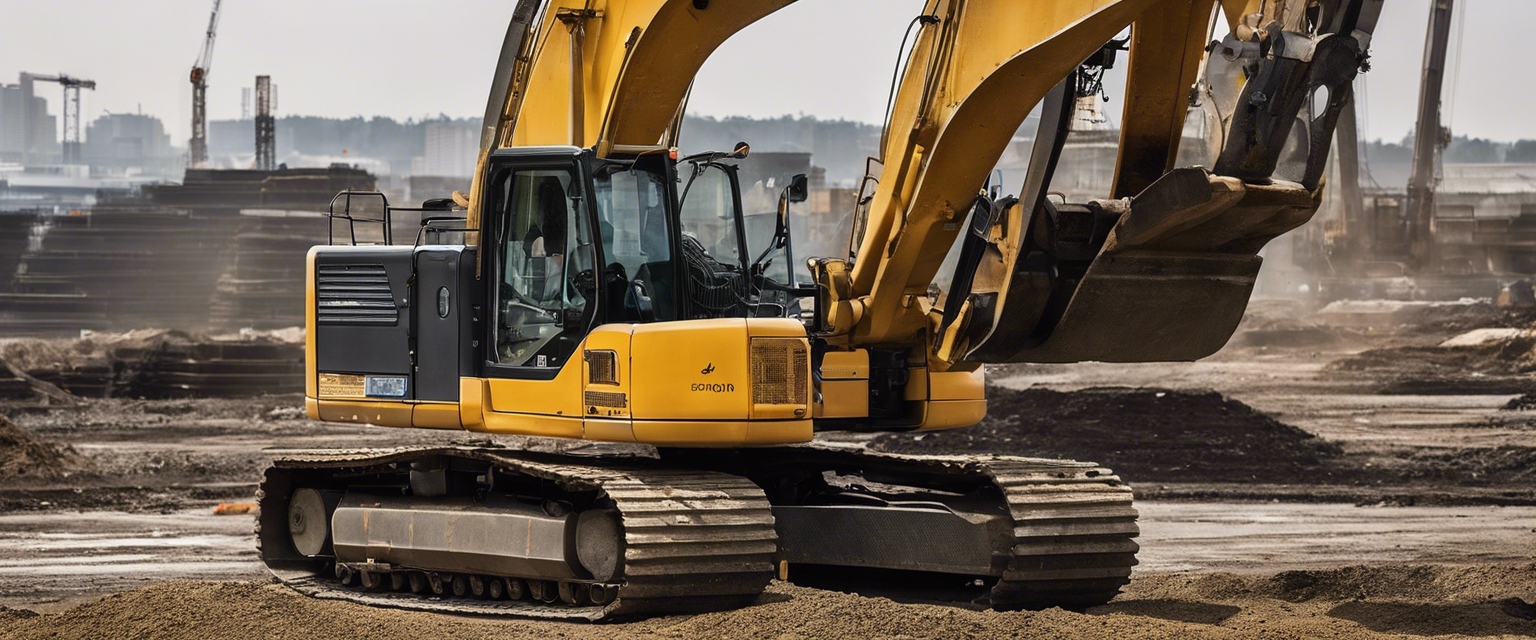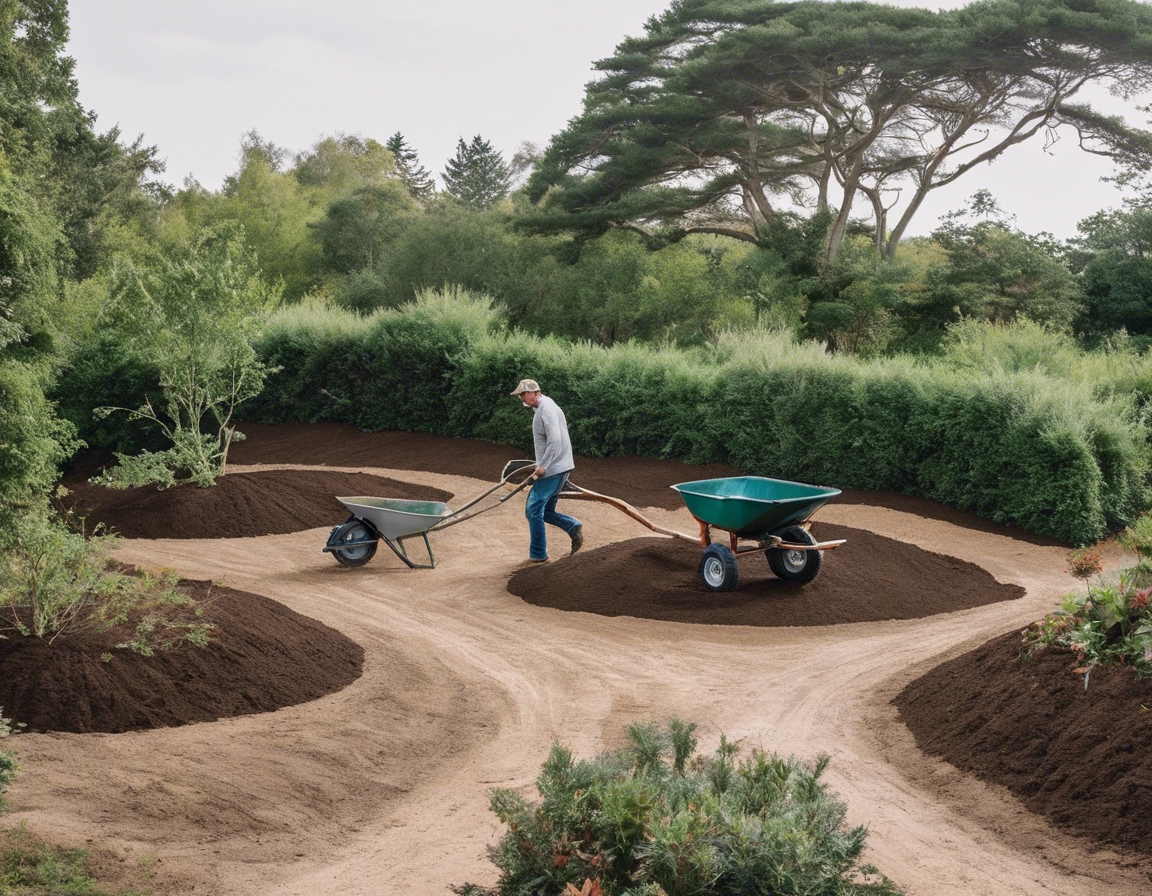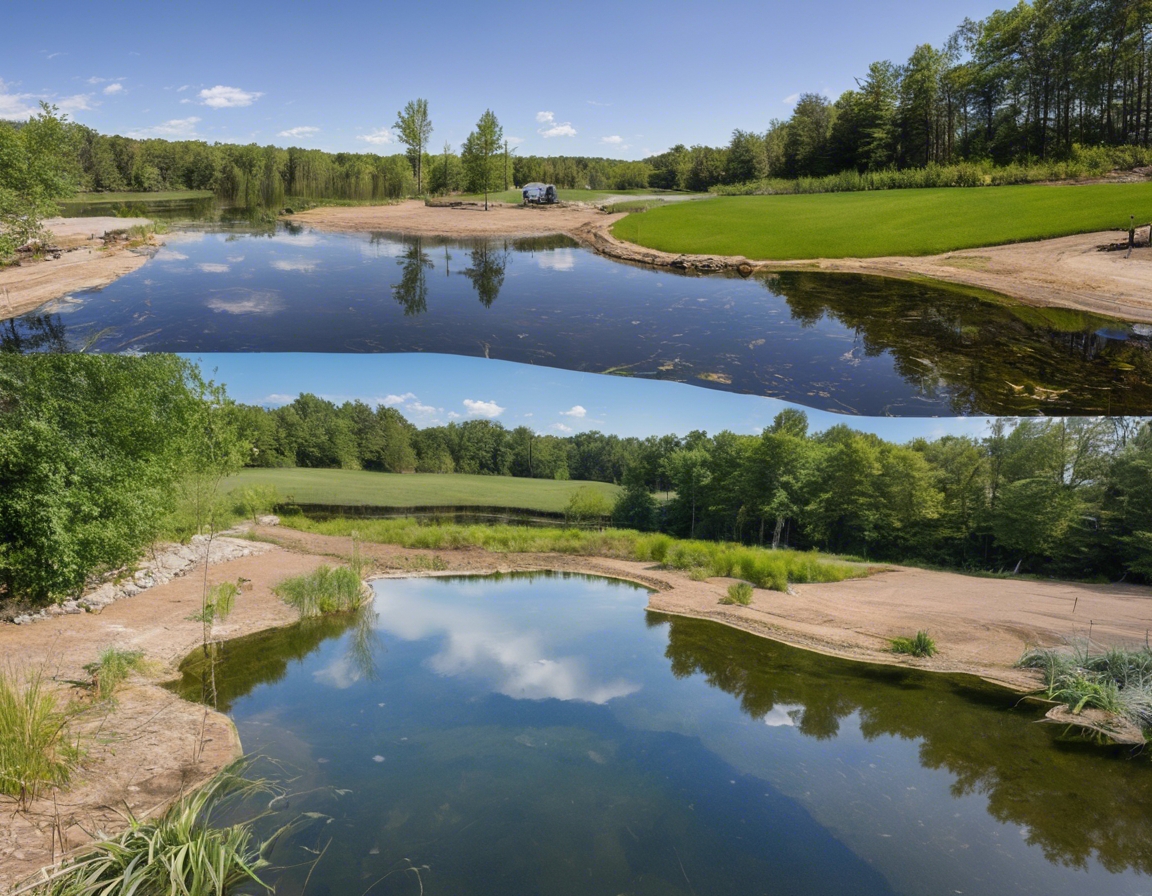The importance of eco-friendly landscaping
Eco-friendly landscaping, also known as sustainable or green landscaping, is a method of designing, creating, and maintaining outdoor spaces in a way that reduces harm to the environment and promotes the health of the ecosystem. This approach takes into consideration everything from the selection of plants to the materials and practices used in landscaping projects.
Traditional landscaping often involves practices that can be detrimental to the environment, such as the excessive use of chemical fertilizers and pesticides, the planting of non-native species that disrupt local ecosystems, and the inefficient use of water and energy. As awareness of environmental issues grows, the shift towards eco-friendly landscaping becomes increasingly important.
The Benefits of Eco-Friendly Landscaping
Adopting eco-friendly landscaping practices can lead to significant environmental benefits, including the preservation of biodiversity, improved soil health, and the protection of water resources. By fostering a natural balance, eco-friendly landscaping can also help mitigate the effects of climate change.
While the initial investment in eco-friendly landscaping might be higher, the long-term savings are substantial. Reduced water bills, lower maintenance costs, and the longevity of sustainable materials all contribute to the economic advantages of this approach.
Green spaces are known to improve mental and physical health, enhance the beauty of communities, and provide recreational opportunities. Eco-friendly landscaping further amplifies these benefits by creating healthier environments free from harmful chemicals.
Key Elements of Eco-Friendly Landscaping
Using native plants in landscaping designs not only supports local wildlife but also reduces maintenance needs. Native plants are adapted to the local climate and soil conditions, making them more resilient and less dependent on additional resources.
Healthy soil is the foundation of any eco-friendly landscape. Practices such as composting, mulching, and avoiding chemical treatments help maintain soil fertility and structure, which in turn supports a vibrant ecosystem.
Water is a precious resource, and its conservation is a critical aspect of sustainable landscaping. Techniques such as rainwater harvesting, drip irrigation, and the use of drought-tolerant plants can significantly reduce water usage.
Choosing materials that are sustainably sourced and produced, such as recycled paving stones or sustainably harvested wood, minimizes the environmental footprint of landscaping projects.
Strategic placement of trees and shrubs can provide shade, reduce wind, and create microclimates that reduce the need for heating and cooling, leading to energy savings.
Implementing Eco-Friendly Landscaping Practices
Successful eco-friendly landscaping starts with a well-thought-out plan that considers the local environment, climate, and long-term maintenance. It involves selecting the right plants, materials, and design principles that align with sustainability goals.
Selecting the appropriate plants and materials for the local environment is crucial. This involves understanding the specific needs of the area and choosing options that will thrive without excessive maintenance or resources.
Regular maintenance is essential to sustain the benefits of eco-friendly landscaping. This includes practices such as organic pest control, pruning, and the management of invasive species.
Engaging the community and educating landowners about the benefits and practices of eco-friendly landscaping can lead to wider adoption and a greater collective impact on the environment.
Eco-Friendly Landscaping in Estonia
Estonia's diverse climate and rich native flora provide a unique opportunity for eco-friendly landscaping. Embracing the local biodiversity can result in landscapes that are not only beautiful but also resilient and low-maintenance.
Estonia has a number of initiatives and regulations aimed at promoting sustainable practices, including landscaping. Staying informed and compliant with these regulations is important for any landscaping project.
VALICECAR OÜ is committed to leading the way in eco-friendly landscaping in Estonia. With a focus on sustainability, quality, and innovation, VALICECAR OÜ provides services that align with the environmental values of our clients and the community.






Comments (0)